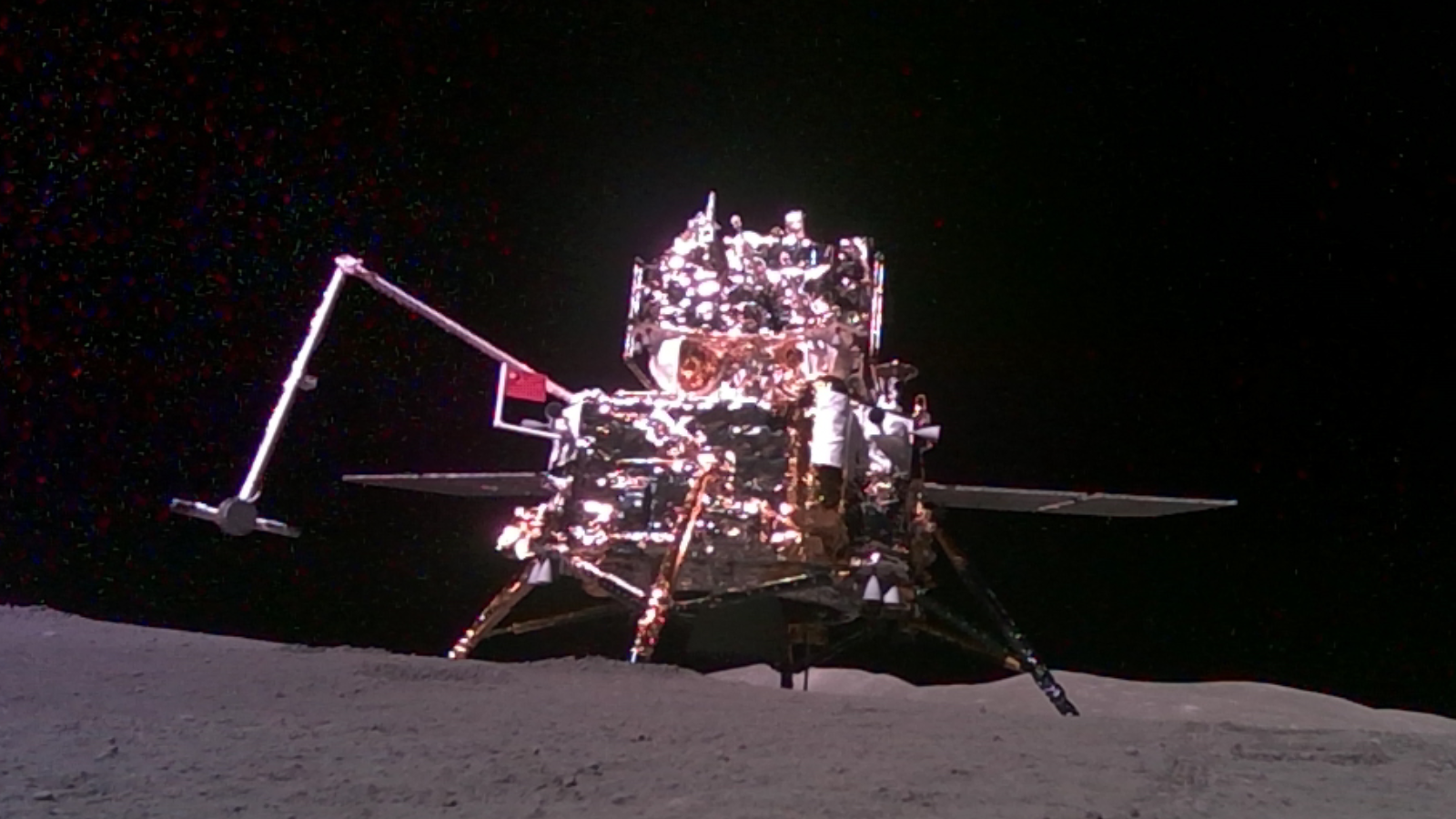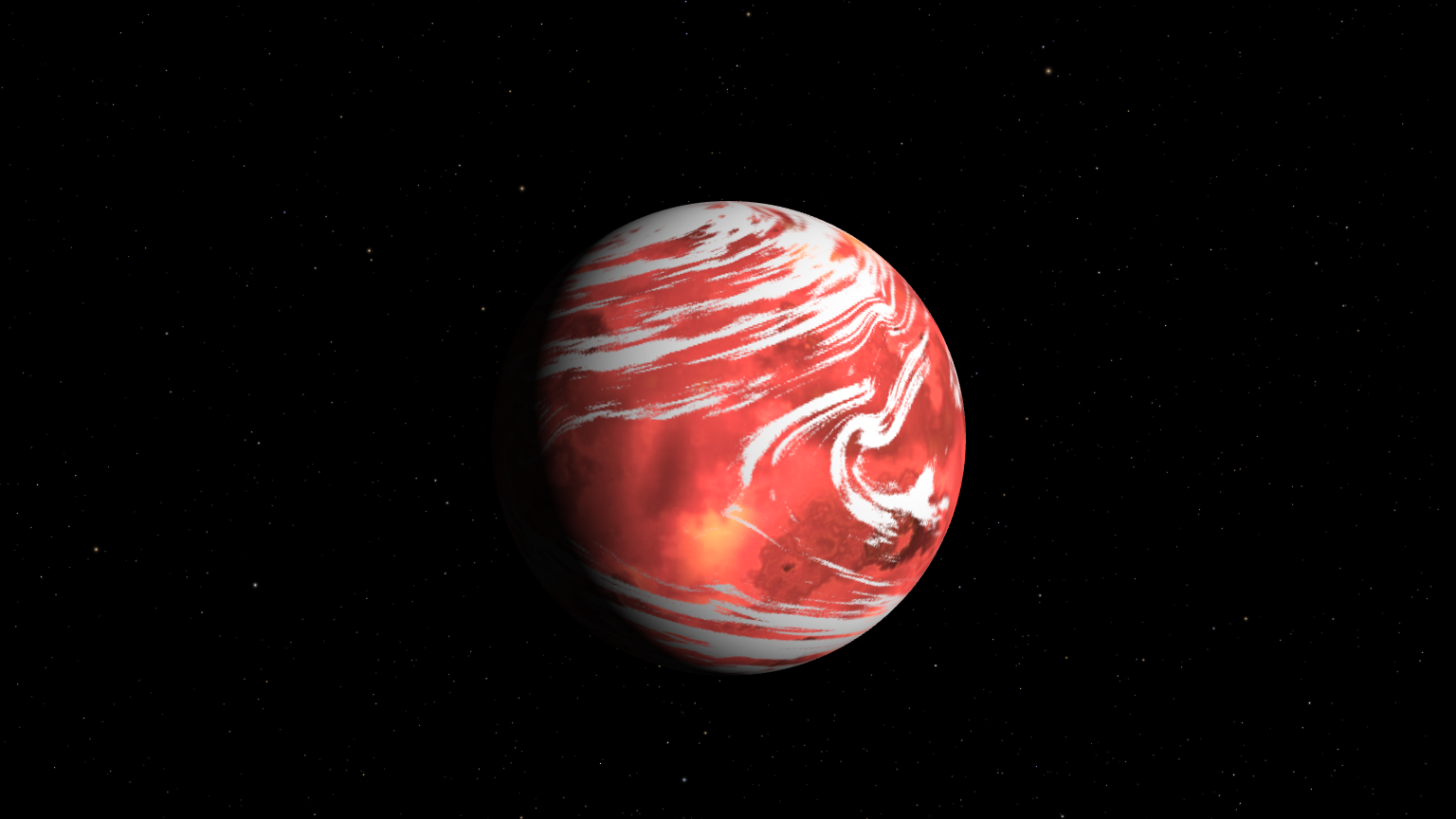SpaceX Test-Fires Falcon Heavy Rocket Ahead of Maiden Flight
SpaceX's new megarocket, the Falcon Heavy, briefly roared to life today (Jan. 24) during a much-anticipated engine test at NASA's Kennedy Space Center (KSC) in Florida that sets the stage for the booster's maiden flight in upcoming weeks.
Standing atop NASA's historic Launch Pad 39A, the Falcon Heavy rocket ignited all 27 engines on its three-core of its first-stage at 12:30 p.m. EST (1730 GMT), for about 10 seconds, according to reporters on site. [In Photos: SpaceX's 1st Falcon Heavy Rocket at the Pad]
In a Twitter post, SpaceX CEO Elon Musk said Falcon Heavy static fire test was a success, and that the rocket's debut flight could be just a week away.
"Falcon Heavy hold-down firing this morning was good. Generated quite a thunderhead of steam," Musk wrote. "Launching in a week or so."
The static-fire test, as it is known, is one step in preparation for the Falcon Heavy's maiden flight. SpaceX has not announced a specific date for the launch, and the test fire was held up due to the U.S. government shutdown earlier this month. SpaceX representatives had said previously that the company was aiming for a launch in late January, but it is unclear if that is still the company's goal.
The Falcon Heavy has been on the launchpad since Dec. 28. SpaceX founder and CEO Elon Musk said on Twitter that the rocket is carrying a red Tesla Roadster and that the payload will be injected into an orbit around the sun that lies between Earth's orbit and Mars' orbit.
The Falcon Heavy uses the same core rocket technology that has been demonstrated in SpaceX's Falcon 9 rockets, which have been consistently launching payloads into space since 2012 (although the company did briefly suspend launches following an incident in 2015 and another in 2016). The Falcon Heavy's first stage uses three Falcon 9 engine cores, and if the rocket operates as planned, it will be the most powerful rocket in operation in the world.
Get the Space.com Newsletter
Breaking space news, the latest updates on rocket launches, skywatching events and more!
"With the ability to lift into orbit over 54 metric tons (119,000 lbs.) — a mass equivalent to a 737 jetliner loaded with passengers, crew, luggage and fuel — Falcon Heavy can lift more than twice the payload of the next-closest operational vehicle, the Delta IV Heavy," according to the SpaceX website.
The Falcon Heavy cores underwent a static-fire test last May, when the rocket was not fully assembled for launch.
Editor's note: This story was updated at 2 p.m. EST to include post-test comments by SpaceX CEO Elon Musk.
Follow Calla Cofield @callacofield.Follow us @Spacedotcom, Facebook and Google+. Original article on Space.com.
Join our Space Forums to keep talking space on the latest missions, night sky and more! And if you have a news tip, correction or comment, let us know at: community@space.com.

Space.com is the premier source of space exploration, innovation and astronomy news, chronicling (and celebrating) humanity's ongoing expansion across the final frontier. Originally founded in 1999, Space.com is, and always has been, the passion of writers and editors who are space fans and also trained journalists. Our current news team consists of Editor-in-Chief Tariq Malik; Editor Hanneke Weitering, Senior Space Writer Mike Wall; Senior Writer Meghan Bartels; Senior Writer Chelsea Gohd, Senior Writer Tereza Pultarova and Staff Writer Alexander Cox, focusing on e-commerce. Senior Producer Steve Spaleta oversees our space videos, with Diana Whitcroft as our Social Media Editor.









